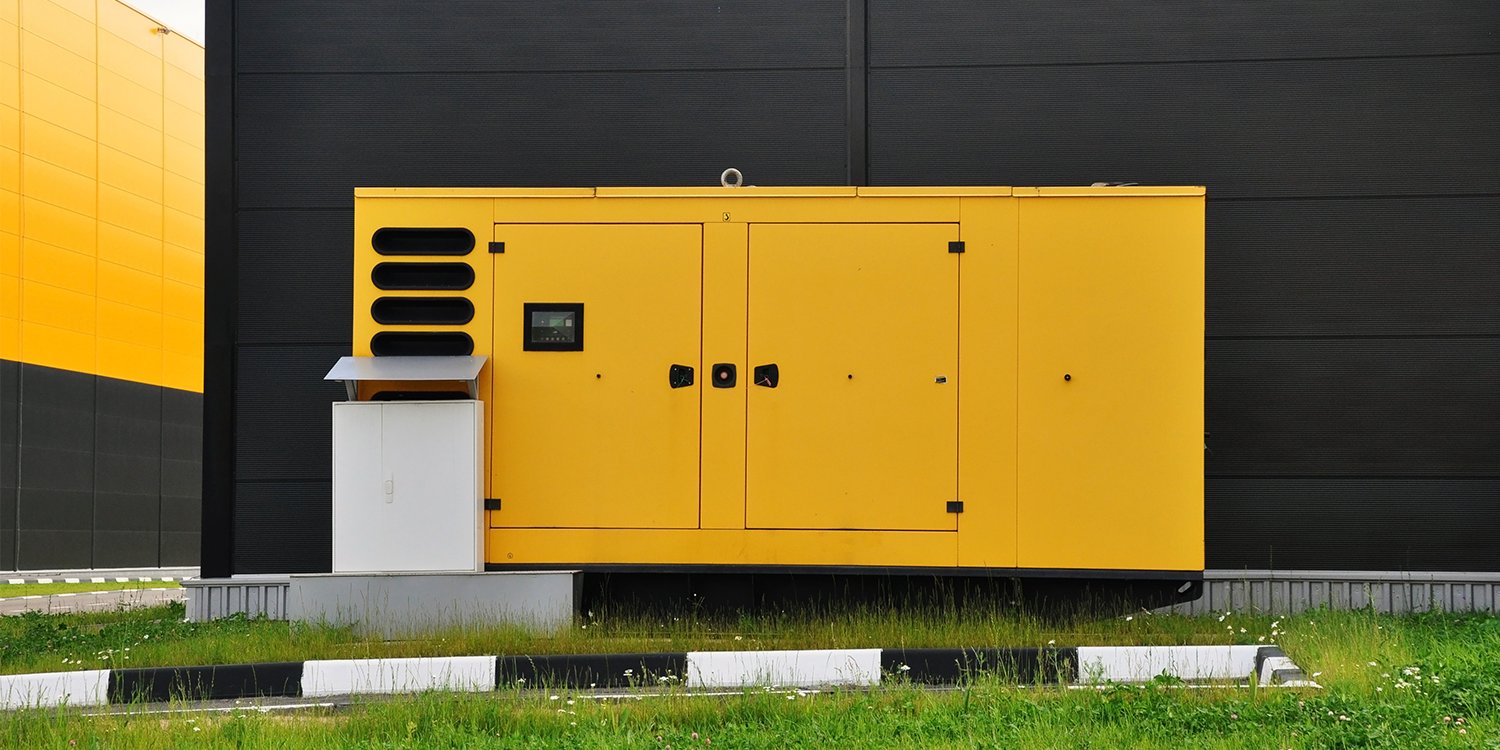
What Is a Load Bank and What Is it Used For?
A load bank is a device that simulates electrical loads for testing purposes. They are pivotal in ensuring equipment functions optimally and safely in real-world conditions. Load banks are widely used in power generation, research, and testing environments to validate the performance of electrical equipment.What Is a Resistive Load Bank?
A resistive load bank is a device used to simulate an electrical load with a power factor of 1, allowing the performance of a power source to be tested at full capacity under controlled conditions. It primarily provides a means to create a complete power draw to test the maximum capability and reliability of electrical switching, generation, and other power-producing units. In this case, all energy is converted to heat.What Is a Reactive Load Bank?
Reactive load banks aren’t used to test a system at 100% capacity but instead to test unpredictable electrical loads. A reactive load bank simulates inductive and/or capacitive loads for the testing of power sources, much like a resistive load bank. However, instead of purely converting electrical energy to heat, a reactive load bank introduces a lagging or leading power factor, to emulate the real-world scenarios where equipment (like motors, transformers, etc.) affects the power factor of the system.Resistive vs Reactive Load Bank: What’s the Difference?
The key distinction lies in how each manages load changes. While resistive load banks dissipate only the energy directly applied to them, reactive load banks absorb and gradually dissipate sudden power increases, making them ideal for scenarios expecting abrupt power changes. To summarize the differences in their functions:- A resistive load bank simulates pure resistive loads, like lighting or heating, directly converting electrical energy to heat with a power factor of 1.0.
- A reactive load bank introduces either inductive (lagging) or capacitive (leading) power factors, emulating conditions like those posed by motors or electronics. Instead of converting all energy to heat, it generates a circulating current between the load bank and the power source.
- While resistive load banks assess a generator’s kW capacity, reactive ones test the kVA capacity under varying power factors.
